Established 1905 Website Official Website Founded 1905 | ||
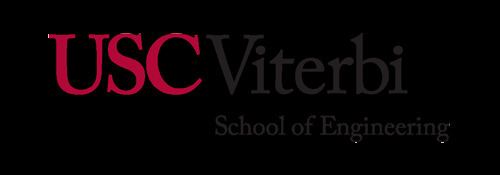 | ||
Similar Stanford University School of, University of Southern California, Keck School of Medicine, USC School of Cinemati, USC Rossier School of Profiles | ||
Usc viterbi school of engineering what s next after graduation
The Viterbi School of Engineering (formerly the USC School of Engineering) is located at the University of Southern California in the United States. It was renamed following a $52 million donation by Andrew Viterbi, co-founder of Qualcomm Inc. The USC Viterbi School of Engineering celebrated its 100th birthday in conjunction with the university's 125th birthday.
Contents
- Usc viterbi school of engineering what s next after graduation
- Usc viterbi school of engineering campaign kickoff 2013
- Major research centers
- Specific contributions
- Associated Students of Biomedical Engineering
- Pi Tau Sigma Tau Beta Chapter
- USC Association for the Advancement of Artificial Intelligence
- Viterbi Graduate Students Association VGSA
- Fundraising
- References

With over $135 million in external funding support, the school is among the nation's highest in volume of research activity. The Viterbi School of Engineering is currently ranked No. 10 in the United States by U.S. News and World Report.
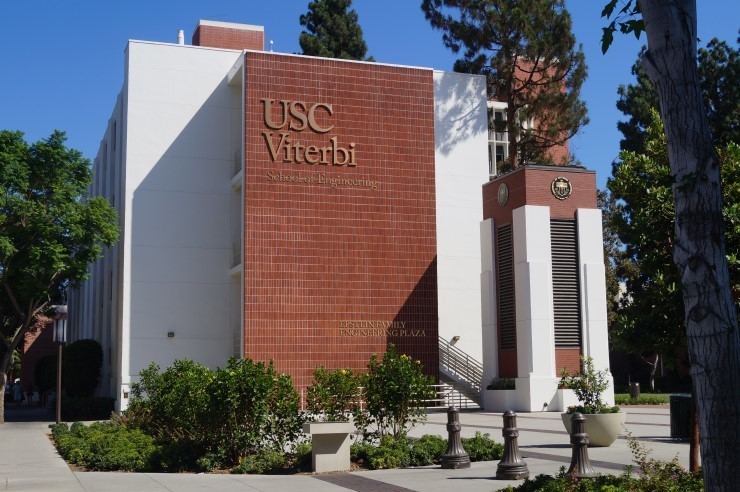
The school is headed by Dean Yannis Yortsos. Its research centers have played a major role in development of multiple technologies, including early development of the Internet when USC researcher Jonathan Postel was an editor of communications-protocol for the fledgling internet, also known as ARPANET. The school's faculty includes Irving Reed, Leonard Adleman, Solomon W. Golomb, Barry Boehm, Clifford Newman, Richard Bellman, Lloyd Welch, Alexander Sawchuk, and George V. Chilingar.
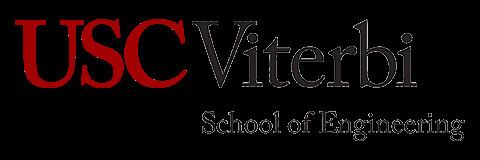
Usc viterbi school of engineering campaign kickoff 2013
Major research centers

Specific contributions
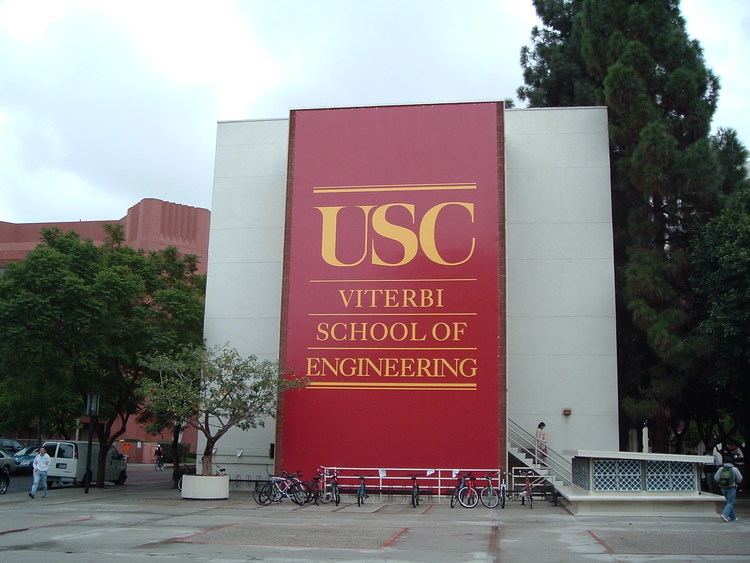
Associated Students of Biomedical Engineering
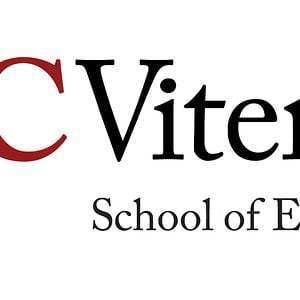
Among the many organizations on campus, the Associated Students of Biomedical Engineering (ASBME) is an undergraduate student organization for biomedical engineering students at the USC Viterbi School of Engineering. ASBME is a student run undergraduate and graduate biomedical engineering organization at USC that serves the engineering student body through academic, social, and corporate events. Students gain clarity of their chosen field of study and the opportunities that being a BME major brings. Students are also able to get a foot in the corporate door at the annual ASBME corporate dinner, attended by USC alumni as well as other corporate representatives.
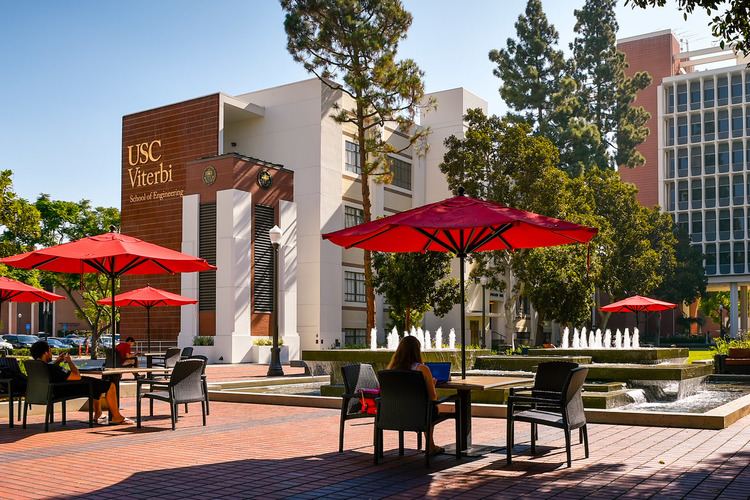
Activities consist of regular meetings with guest speakers and panels, the BIOMED Research Symposium, annual Corporate Dinner and Networking Nights designed to foster relationships between graduating students and industry, and many other social, community, and corporate events.
ASBME serves as USC's chapter of the Biomedical Engineering Society (BMES) and sends some of its students to the annual BMES Conference each year.
Pi Tau Sigma (Tau Beta Chapter)
Pi Tau Sigma is an international mechanical engineering honor society that strives to "create better engineers through commitment to academic excellence and dedication to service.” The USC Tau Beta Chapter is composed of the top mechanical engineers at the University of Southern California. USC's Pi Tau Sigma engages in social, industry and community service related events in the USC neighborhood and beyond. Paul Ronney and David Salter serve as advisors for the 51st chapter of Pi Tau Sigma.
USC Association for the Advancement of Artificial Intelligence
USC has a student chapter of Association for the Advancement of Artificial Intelligence. AAAI organizes speaker events and information sessions in the field of Artificial Intelligence to increase student's interest in AI.
Viterbi Graduate Students' Association (VGSA)
The Viterbi Graduate Students' Association (VGSA) is the students' body for about 3,300 Graduate students at USC. It consists of representatives from all departments and the Engineering Graduate Student in Liaison (EGSL).
Fundraising
Previously known as the USC School of Engineering, it was renamed on March 2, 2004, as the Andrew and Erna Viterbi School of Engineering in honor of Qualcomm co-founder Andrew Viterbi and his wife Erna, who had recently donated $52 million to the school. The Viterbi School received other major gifts including gifts from Silicon Valley venture capitalist Mark Stevens who created the USC Stevens Institute for Innovation in 2004; real estate developer Daniel J. Epstein who named the Epstein Department of Industrial and Systems Engineering with an $11 million gift in 2002; Energy Corporation of America CEO John Mork who named the Mork Family Department of Chemical Engineering and Materials Science with a $15 million gift in 2005; Ken Klein, CEO and president of Wind River Systems, who established the Klein Institute for Undergraduate Engineering Life with an $11 million gift, also in 2005; Ming Hsieh, founder of Cogent Inc., who named the Ming Hsieh Department of Electrical Engineering in 2006 with a $35 million gift; and Los Angeles real estate developer Sonny Astani, who named the Sonny Astani Department of Civil and Environmental Engineering with a $17 million gift in 2007.
